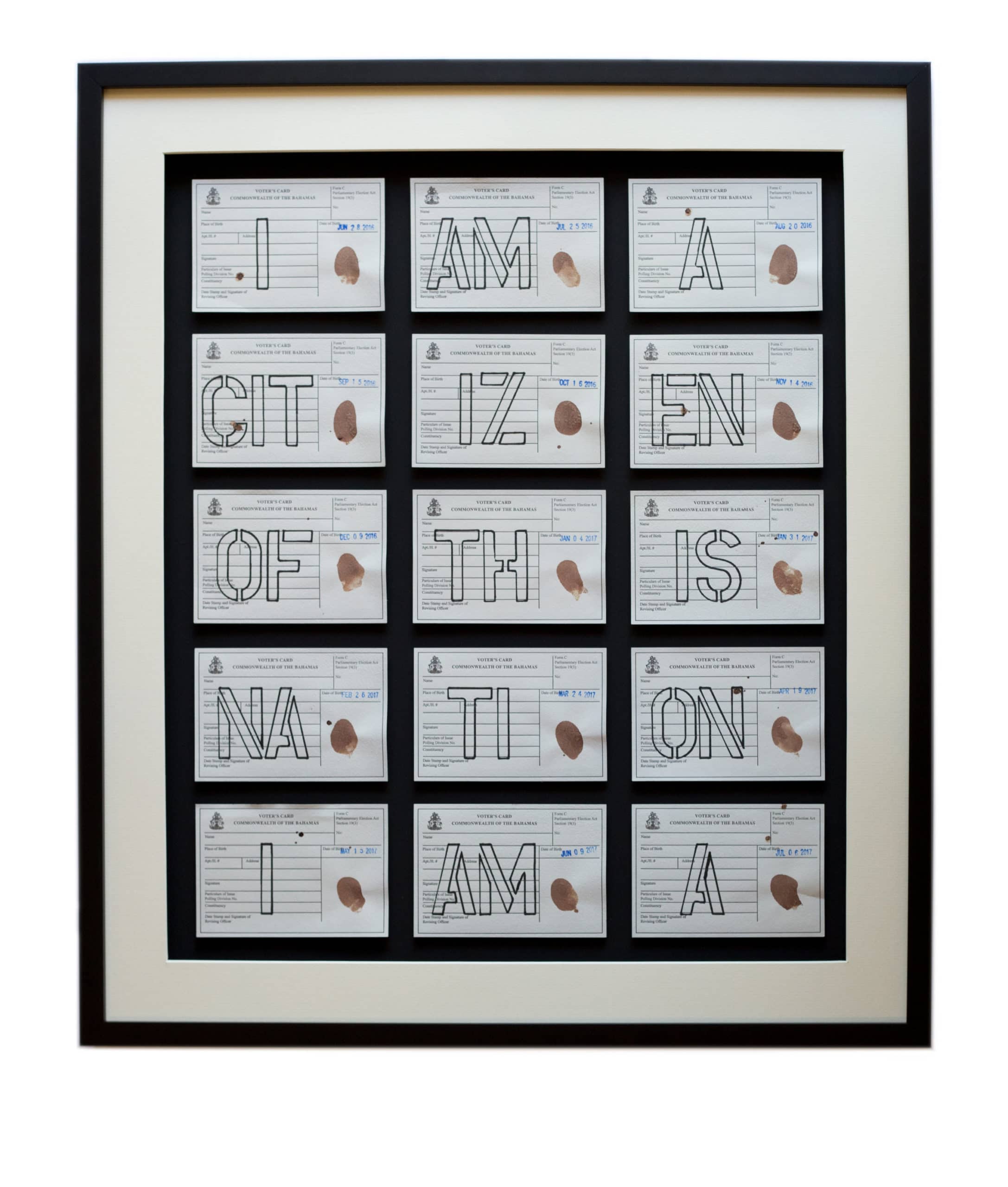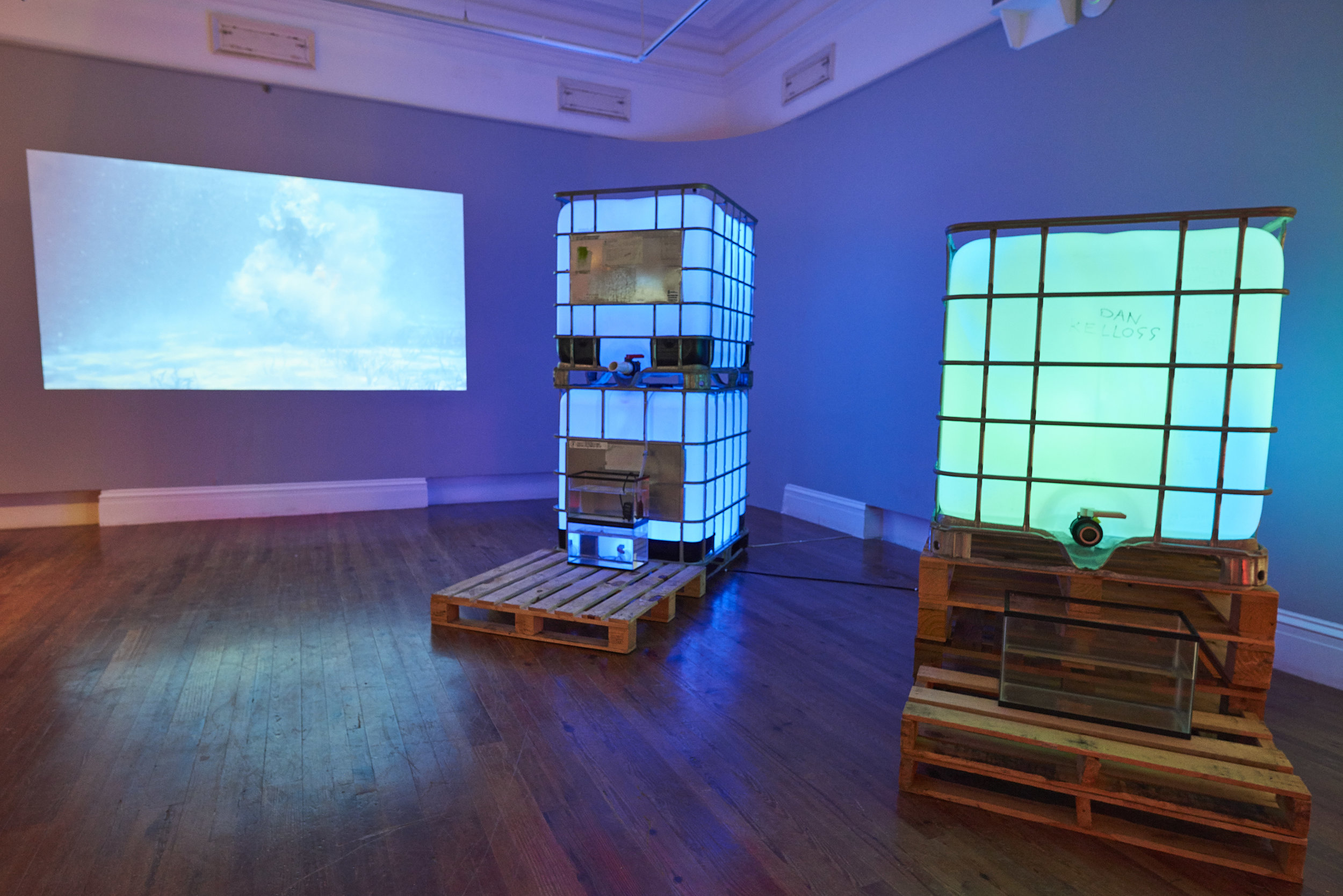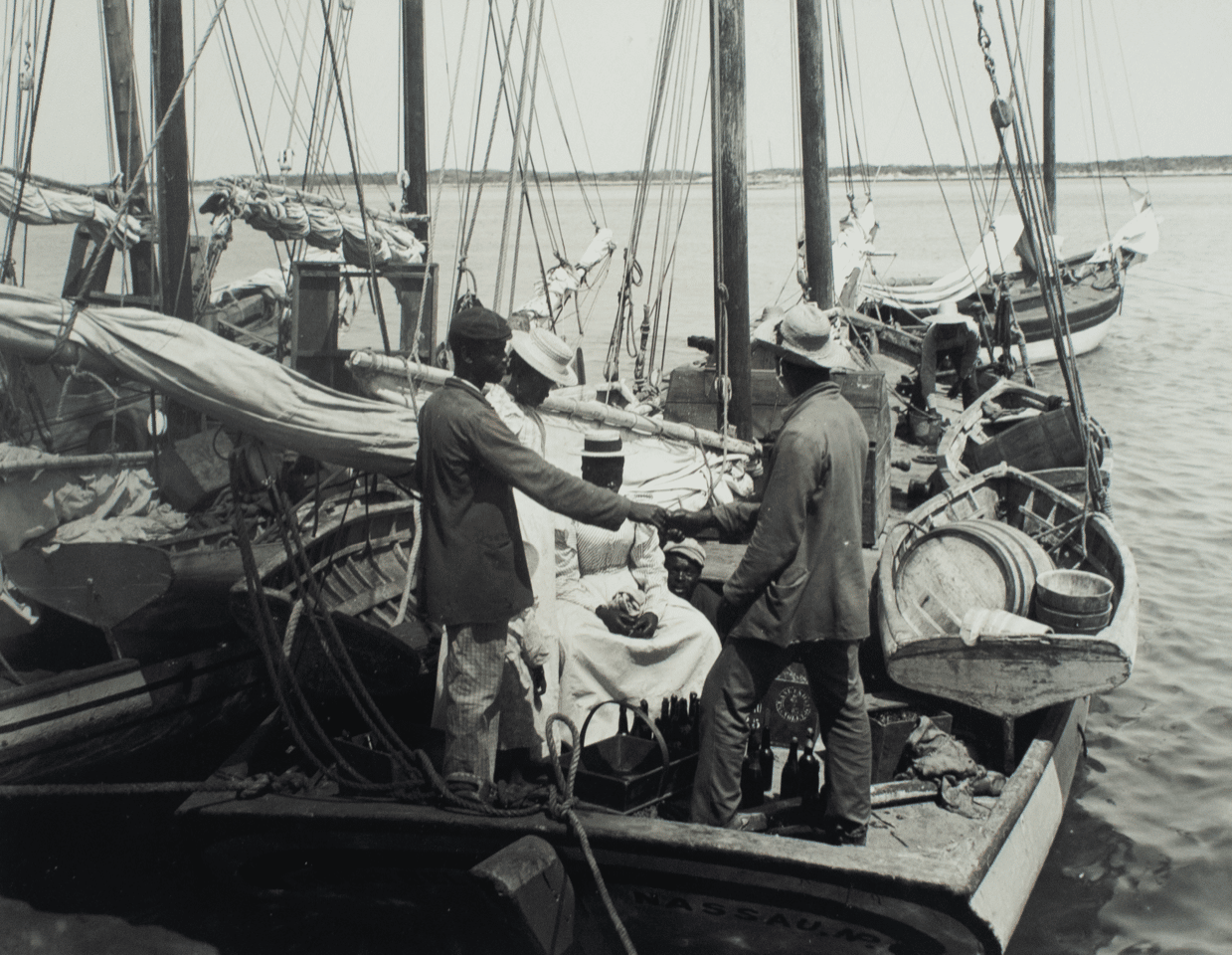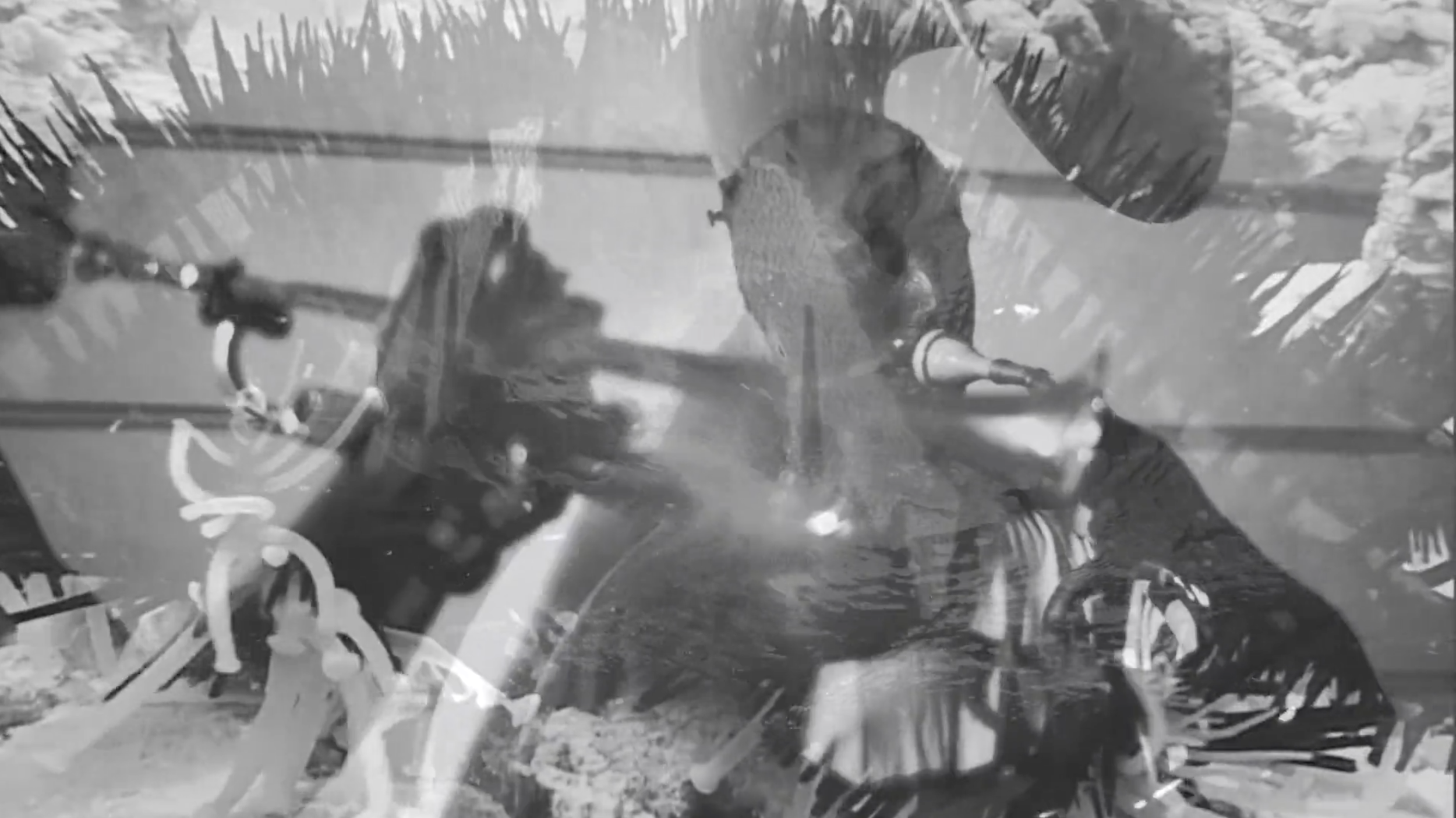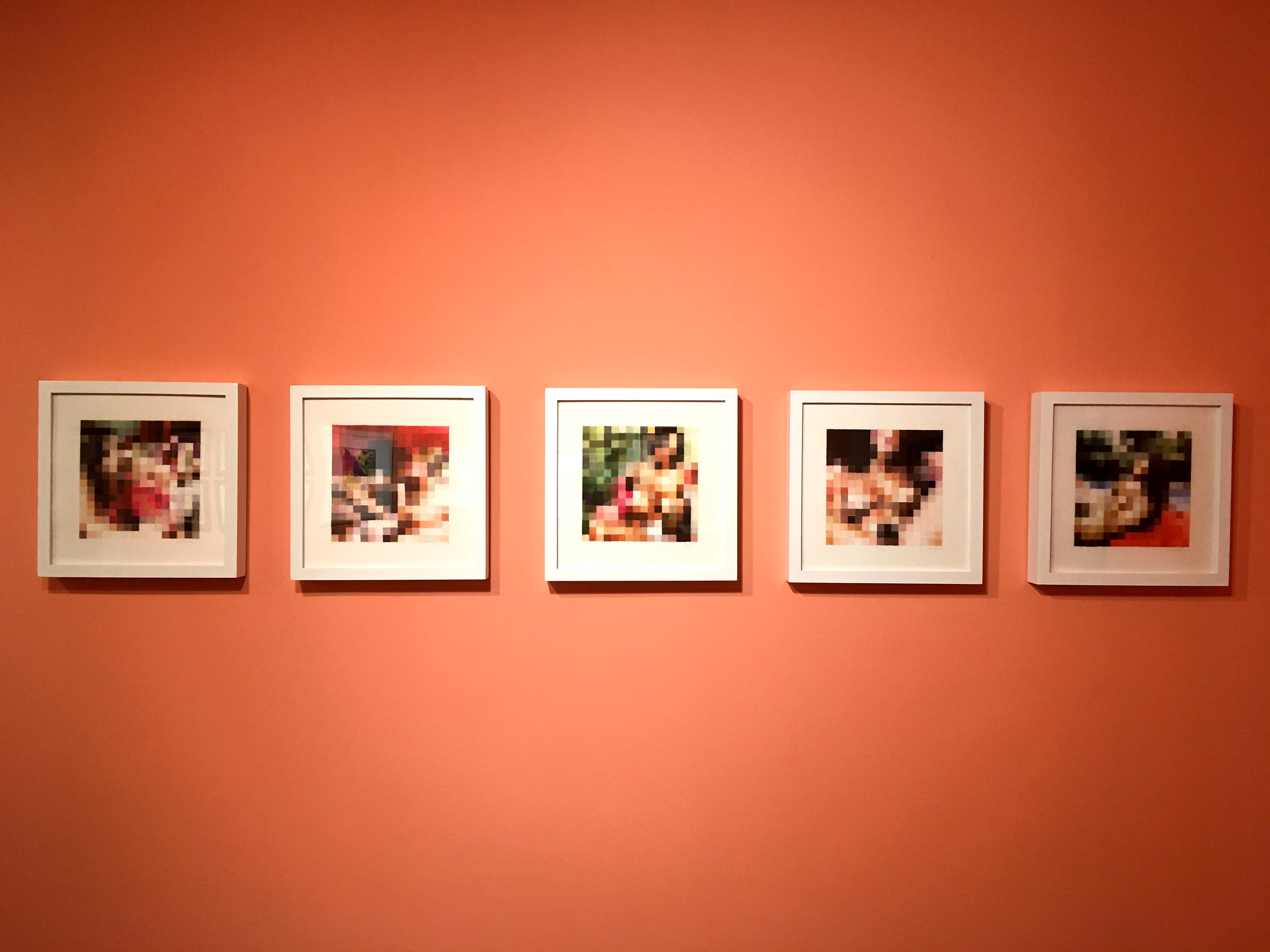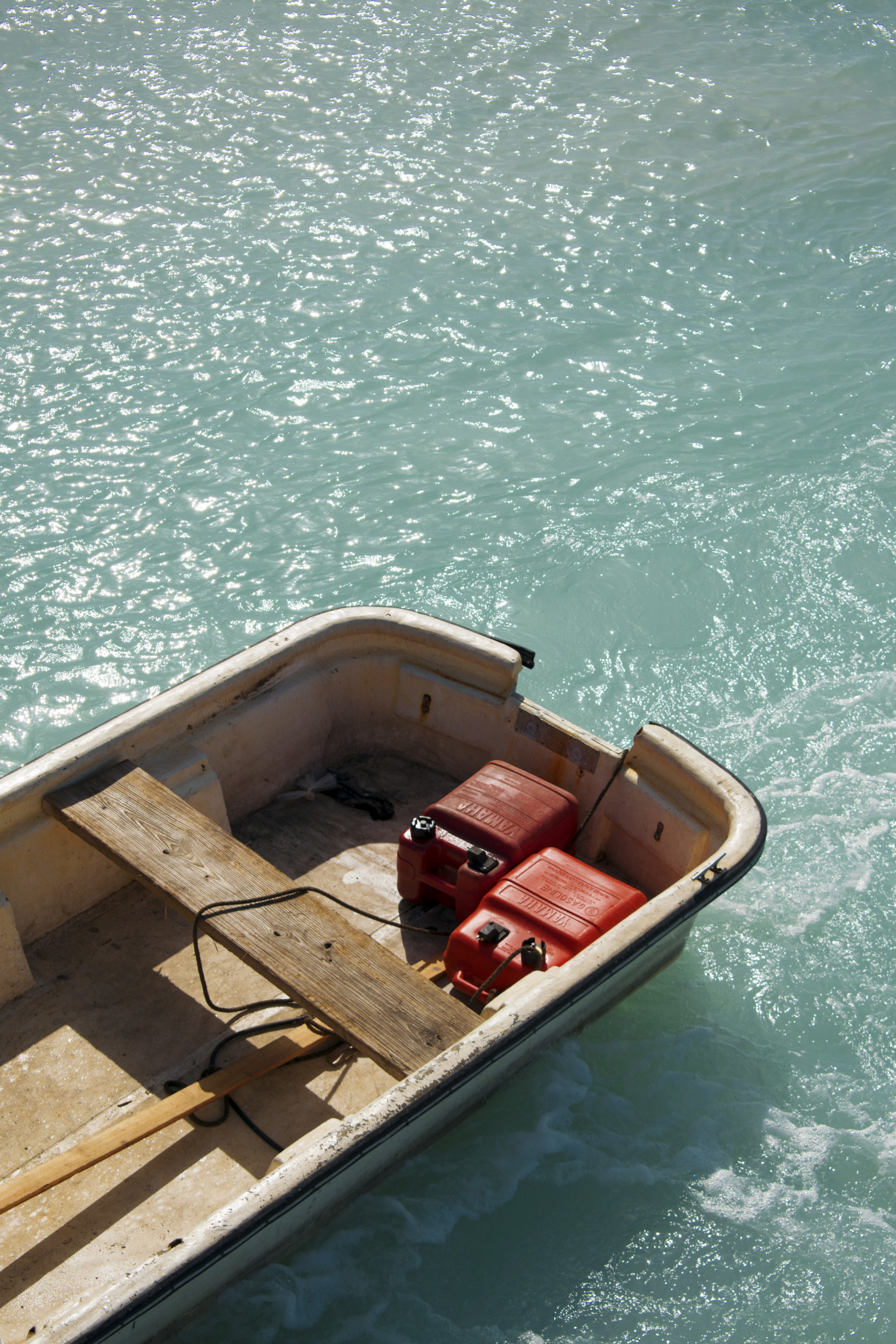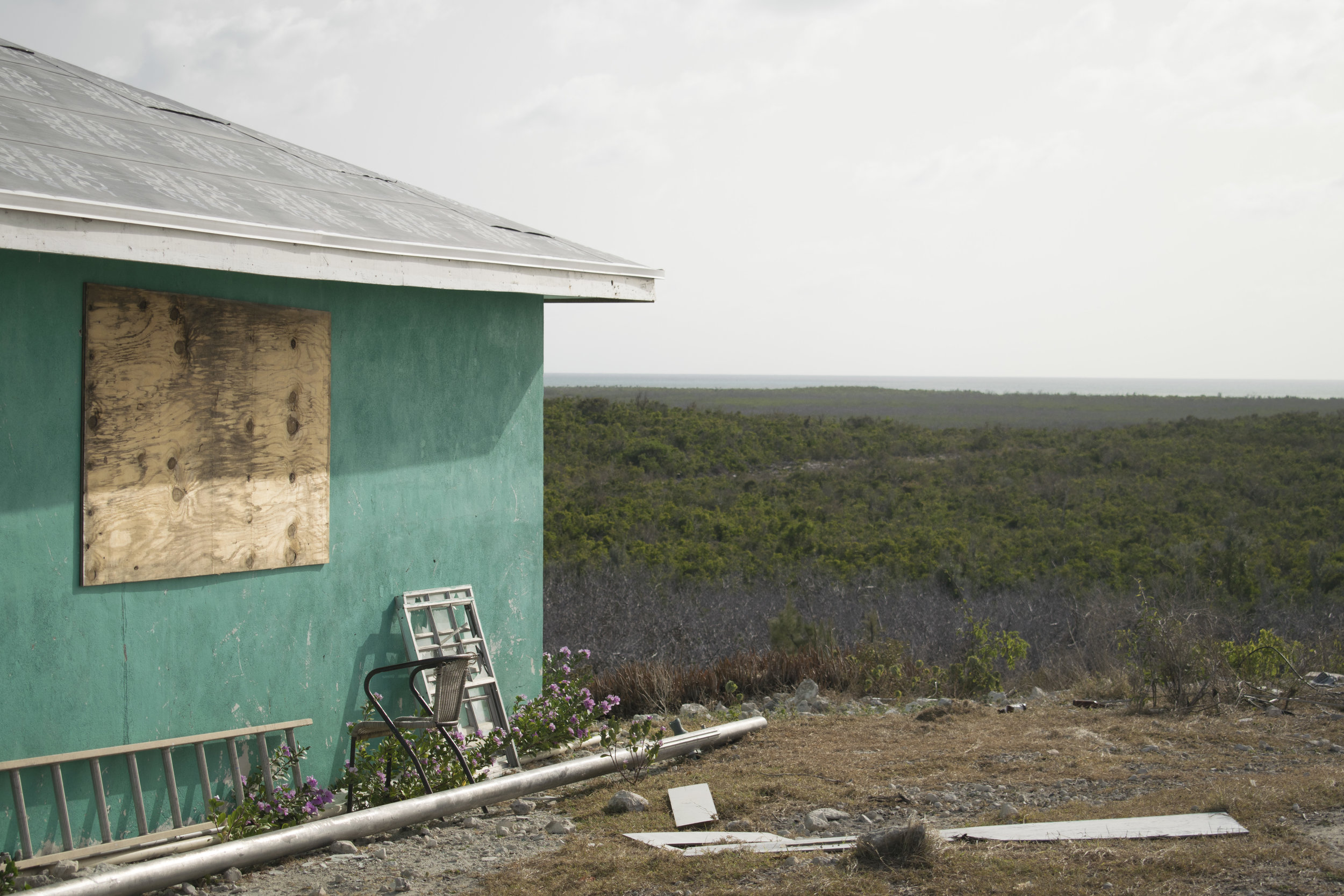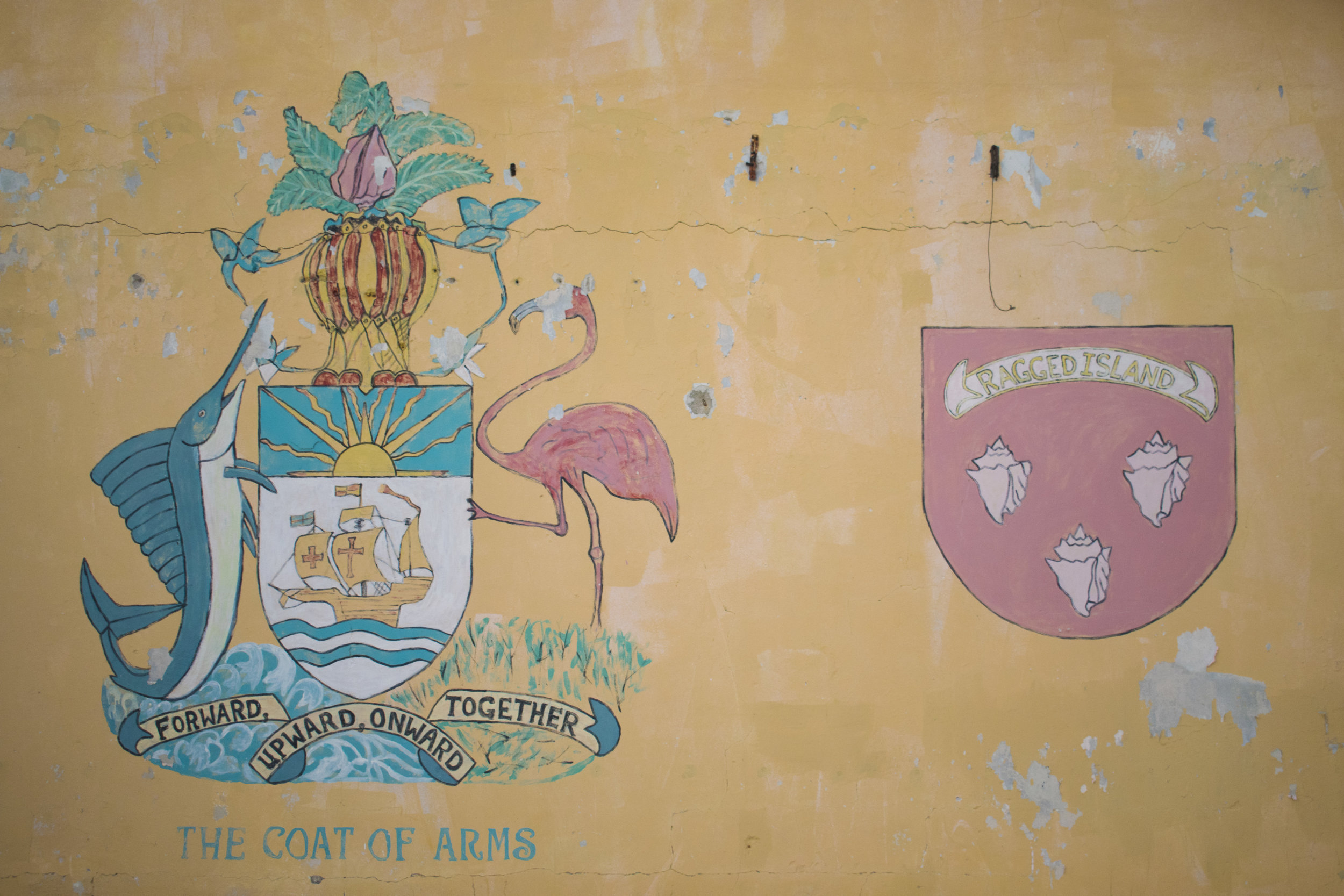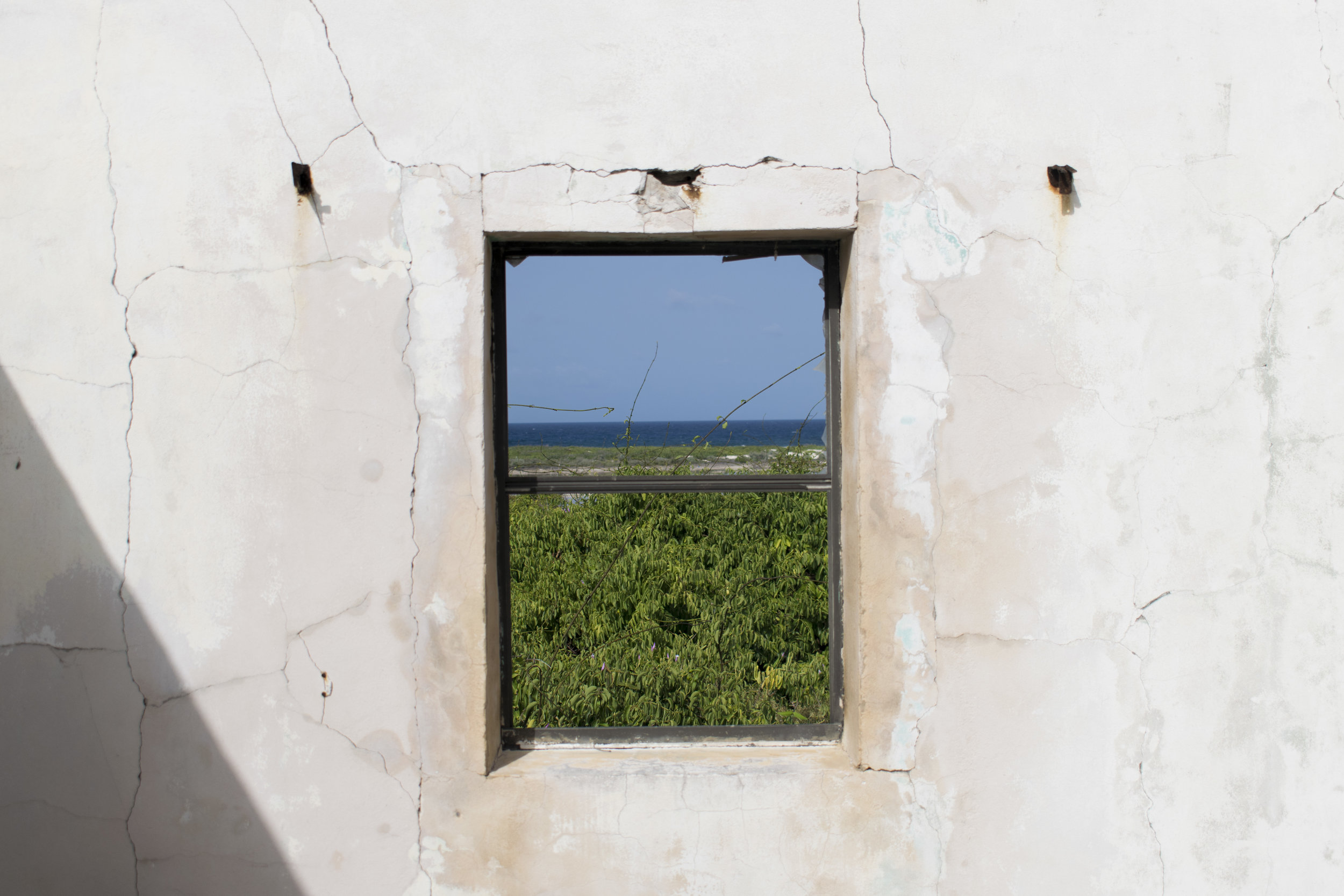By Natalie Willis. How does a referendum asking for men and women to be able to both gain rights in passing on citizenship, visibly backed by the government, still manage to fail? And what do we do in the aftermath? Sonia Farmer’s “Cycle of Abuse” (2017) is a paper work, but it is also time based, and the language employed is more than an exclamation, it is social commentary. She declares her status as a Bahamian citizen via text, and as a cisgendered woman she declares her womanhood through the monthly marking of blood upon these ballots. The blood represents not just her femininity and the rights denied her as a Bahamian woman, but also as a symbol of the various ways that violence is continued against women in this country.
Currently browsing: Stories
The Art of Living in the Tropics, Part Three: Silence
By Dr Ian Bethell-Bennett, The University of The Bahamas. Culture is the art of living in a place that speaks of experiences, adaptation and resilience. Culture is the unique expression of spatial and temporal identity or vice versa where a people perform life based on their history and geography. As people are increasingly marginalised through the expansion of capitalist desire into the tropics, the art of living there shifts from a national or an indigenous-peoples-based art to art of magazines and design. How do these things meet so that peoples and their cultures can thrive alongside gated out-sourced post-nationalist communities?
From the Collection: “Untitled (Boat Scene)” (c.1920) by James “Doc” Sands
By Natalie Willis
One would imagine this a typical scene along the Nassau coastline in the 1920s, as so much of our history – painful or profitable – was tied to the sea’s comings and goings. “Doc” Sands gives us what appears to be commonplace, but when we situate this image in the context of its time, and in our broader Bahamian history, things begin to take an exciting turn. Bottles and barrels that appeared to be ordinary fare now begin to remind us of prohibition and bootlegging, and the men shaking hands could very well be in the middle of a handoff. Of course, much of the imagery photographed at this time was staged out of necessity – things needed to be reasonably still for a prolonged time for the image to be taken appropriately. Was Sands staging this image of prohibition and illicit-alcohol Nassau at its roaring start?
James Osborne “Doc” Sands was born in 1885 in Rock Sound, Eleuthera, and is noted one of the first Bahamian photographers. The second of six children, his parents moved him to Nassau for what they felt to be a better education, and at age 18 he was handed over the photo studio of his mentor, American photographer Jacob Frank Coonley. Coonley and his contemporary William Henry Jackson (also American) were well known for their work, and now historically for their contributions to building and framing the picturesque, tropical images of The Bahamas at the start of its tourism industry, and Sands took up the mantle at a somewhat tender age.
“When the Lionfish Came”: Tamika Galanis gives voice to the people of the reef amid dangerously rising tides
By Natalie Willis. In Adelaide, there is a bell that has been ringing for at least a hundred years, but closer to two. Events, hurricanes, births and deaths, are all marked by the chime, and the proud denizens of this historic community for freed Blacks have, for generations, found themselves answering to its call. However, Tamika Galanis’ film, “When The Lionfish Came” (2015) is not a church bell…
It is an alarm.
The Provocative: Drew Weech plays with the history of the nude in Western Art
Sinking: Field Notes on Loss and Belonging
Remedies for Remembering: Darchell Henderson’s new mural on Hospital Lane reminds us of our histories of healing.
Boiling: Field Notes on Loss and Belonging
The art of living in the tropics. Part II: Hand come, hand go
By Dr Ian Bethell-Bennett, The University of The Bahamas. Exuma blue recedes into Ragged Island sargasso and green. Sole inhabitant of Buena Vista Cay, Edward Lockhart, a reminder of Hemingway’s Old Man and The Sea (1952) has pulled up alongside and tied his boat to the MV Captain C and now stands with the others on the deck. Sun pounds down as the heat of living in the tropics feels much hotter than it has in forever. Art is always somewhat less strange than life, as stories come and go and fight to retain their place in a global village quickly being overtaken by overwriting of colour-blindness and leadership that throws women and minorities and their voices under the bus. Ironically, there is this romantic notion about “going back to the island”, it will all be better there, by and by. The irony is that hidden in this discourse of nostalgia for the island, is an erasure of the same island we long for.
Rebirth: Field Notes on Loss and Belonging
By Ethan Knowles: Summer Intern for Expo2020 for the upcoming Double Dutch, “Hot Water”. It took three days before Aunty Mary decided to stay. To stay, not merely till the next mailboat, but for the next month. This revelation came as a great shock not just to the enduring community, all of whom had seen my aunty pack her bags and run off to Nassau the second Pa Elmer turned a blind eye, but to Pa Elmer himself, my grandpa and guardian, who had never known his daughter to show a sense of attachment to this tiny rock at the foot of the Great Bahama Bank in all his life.
